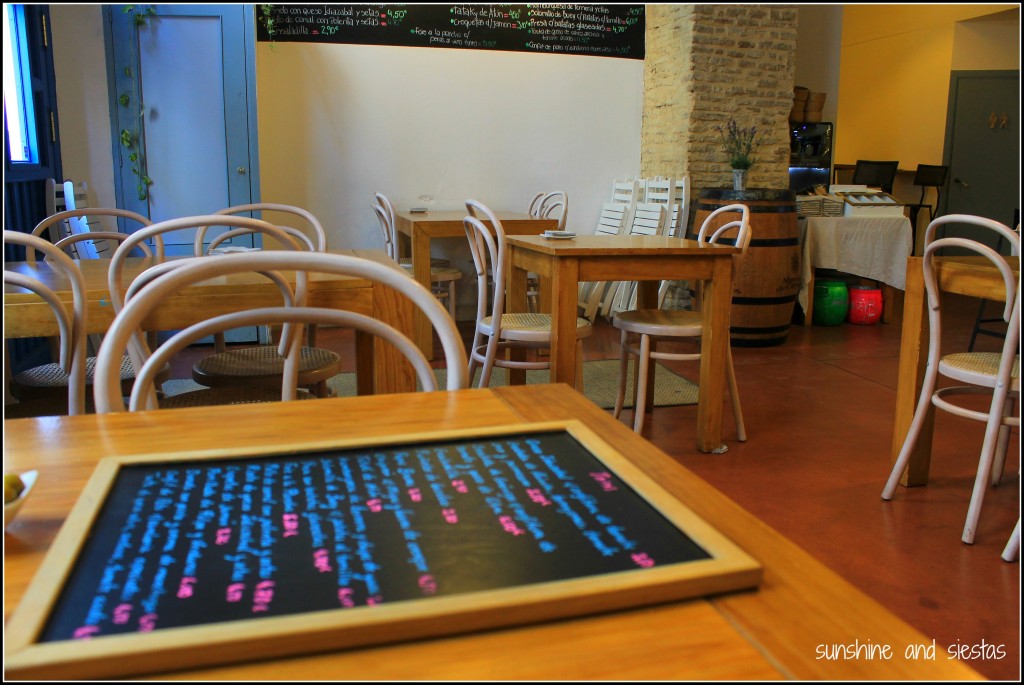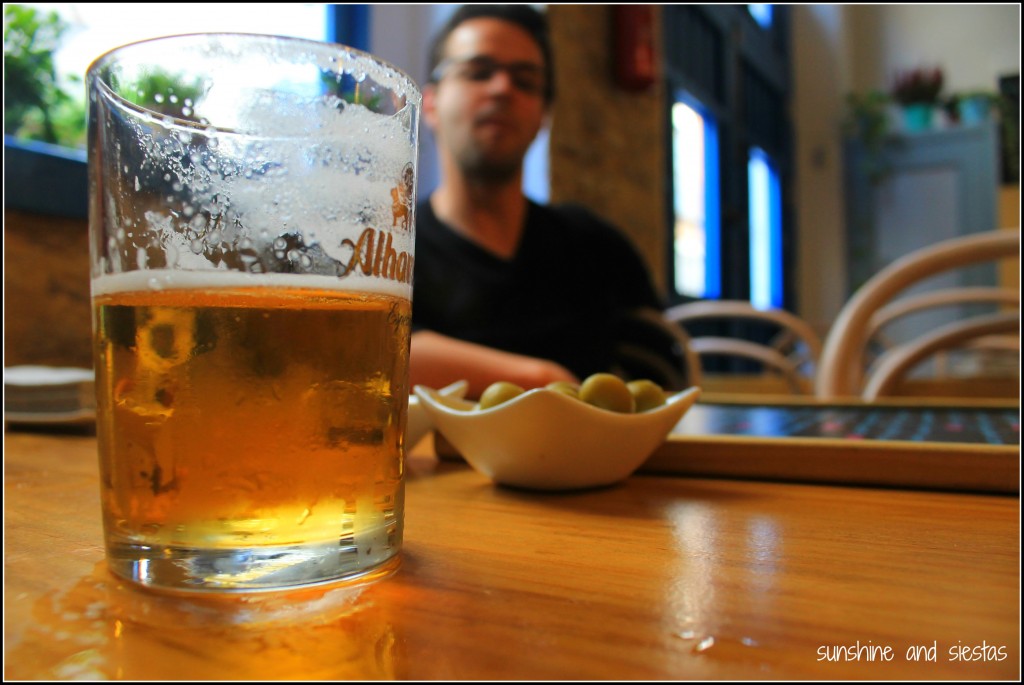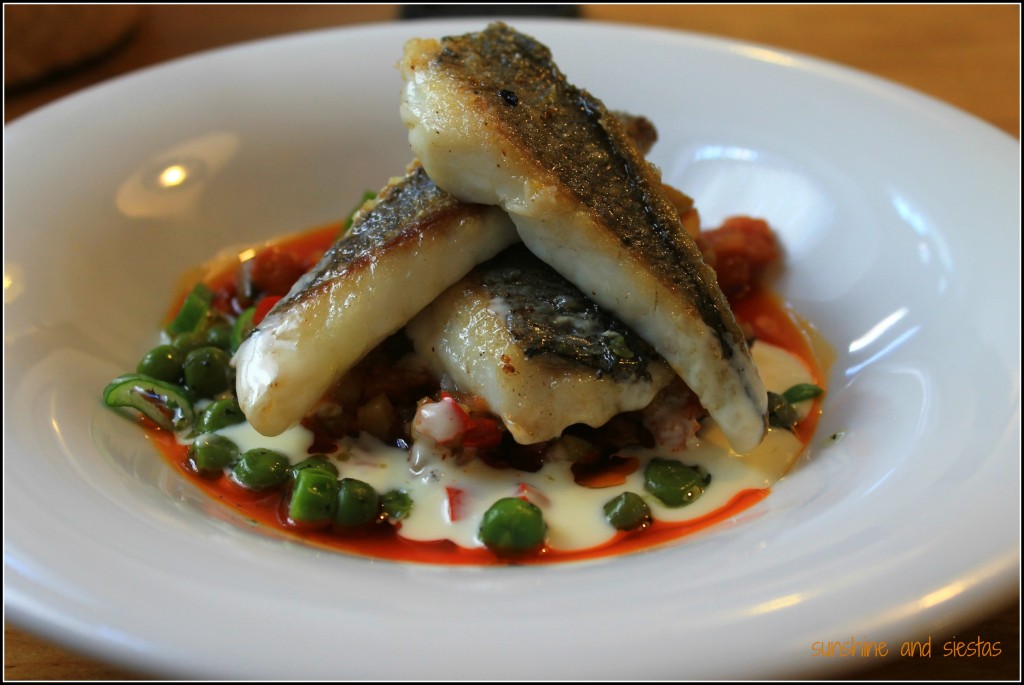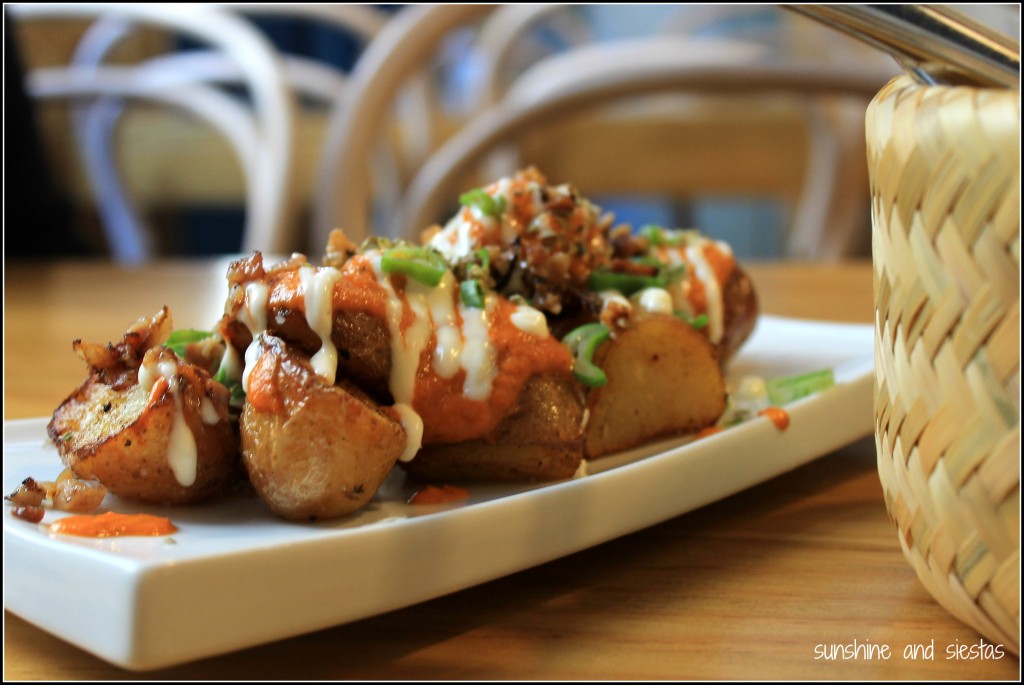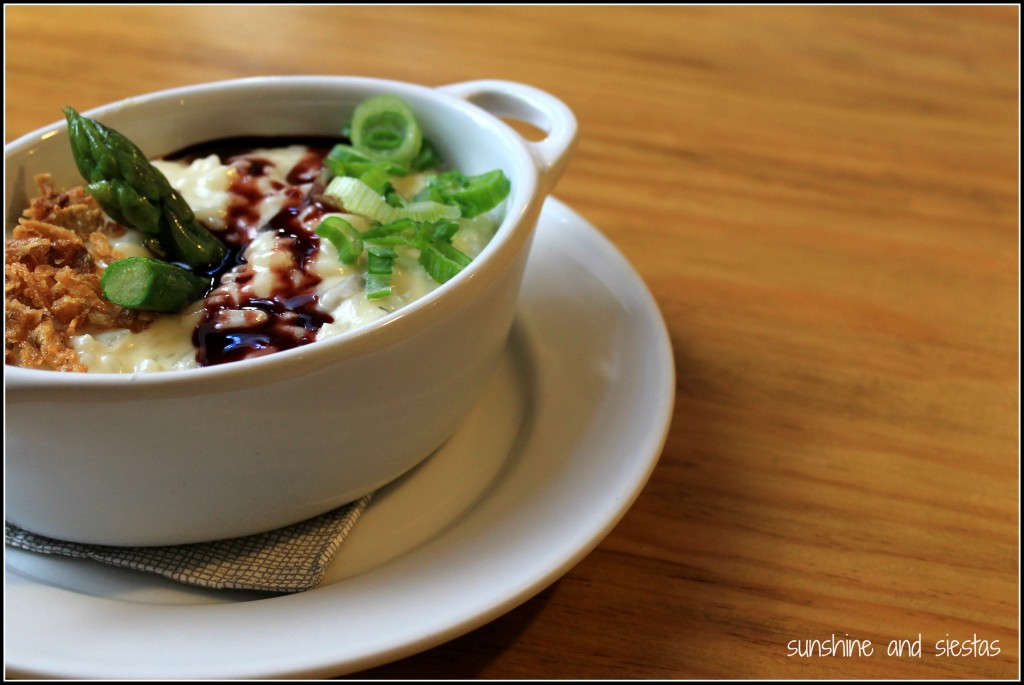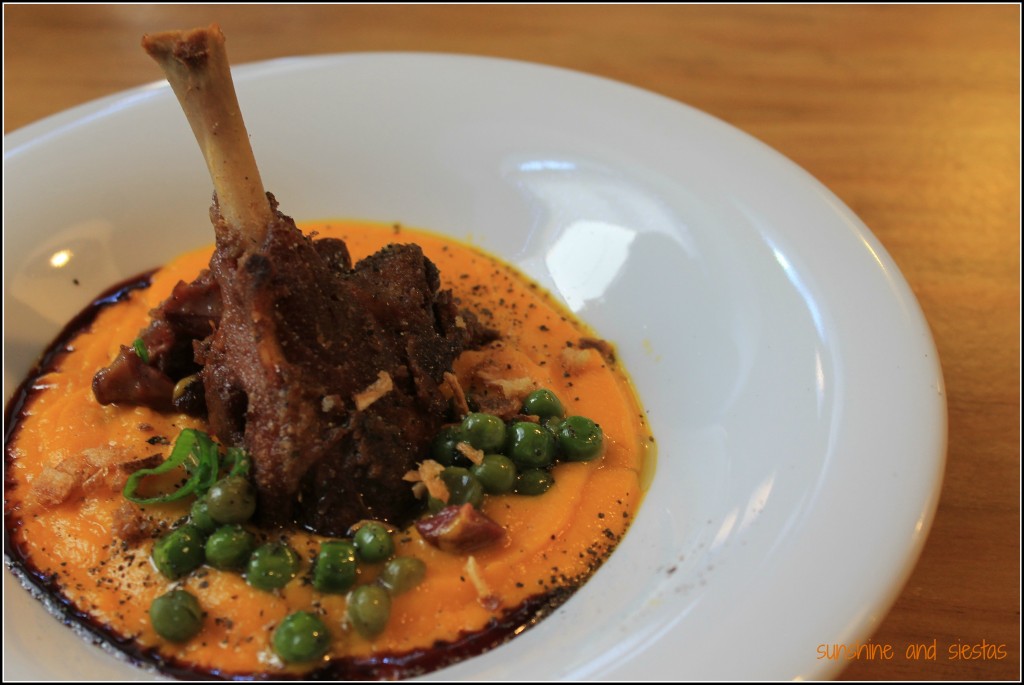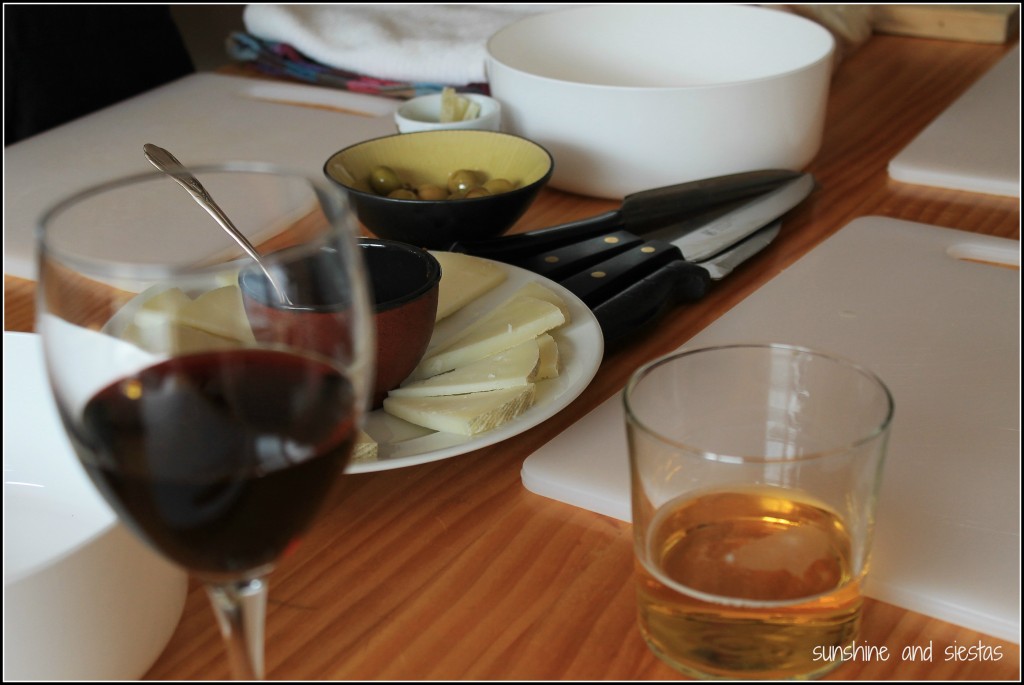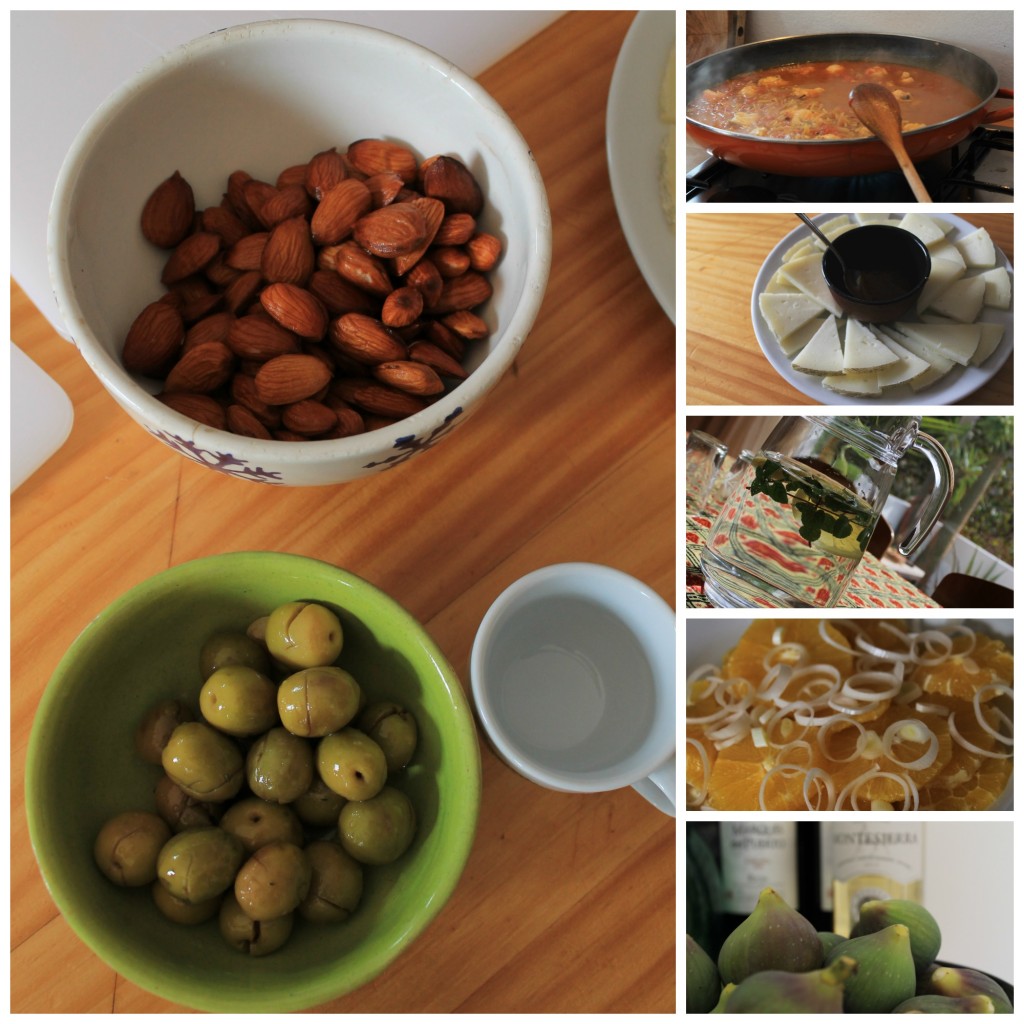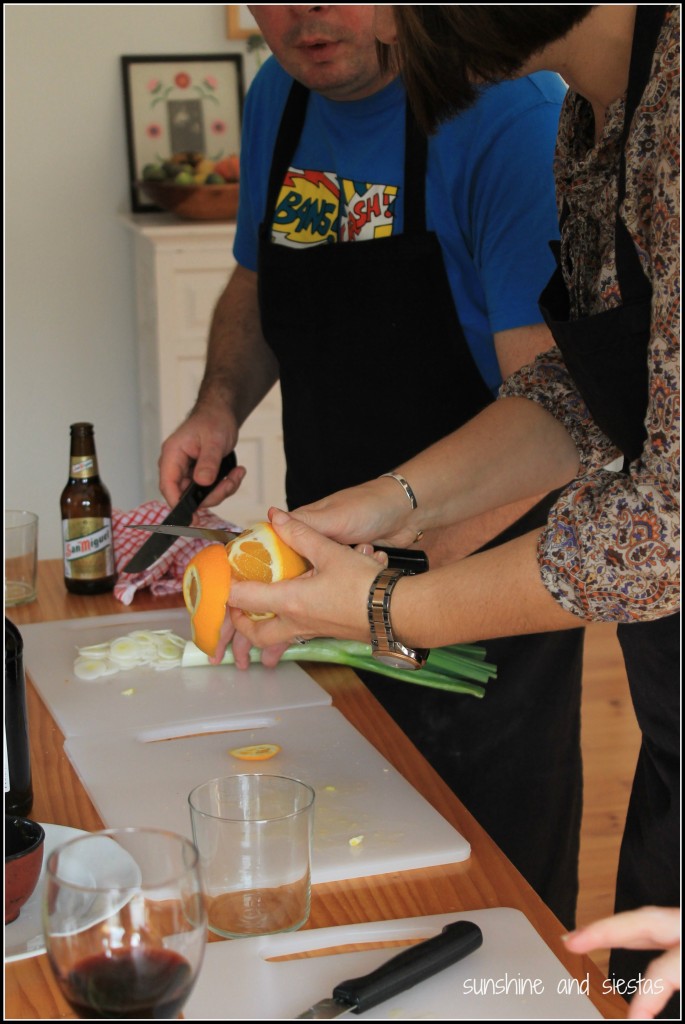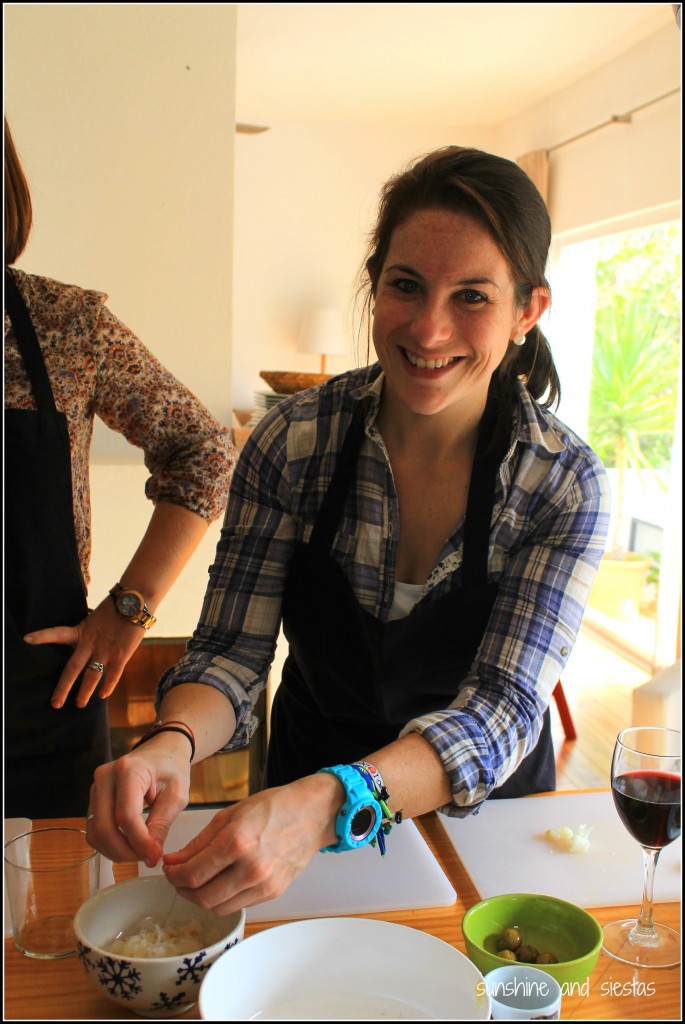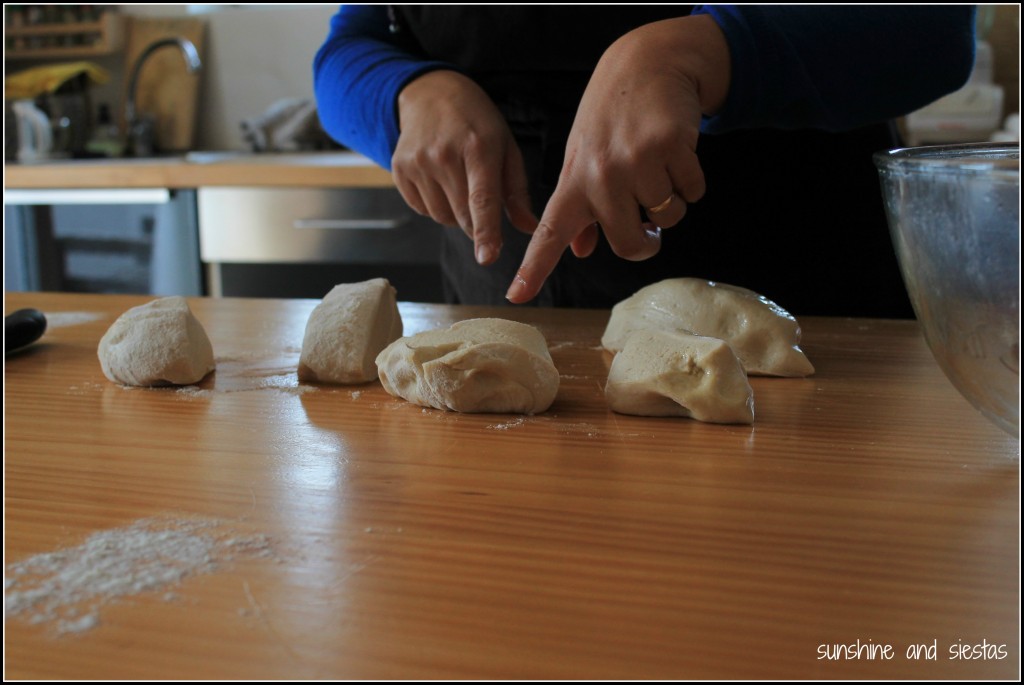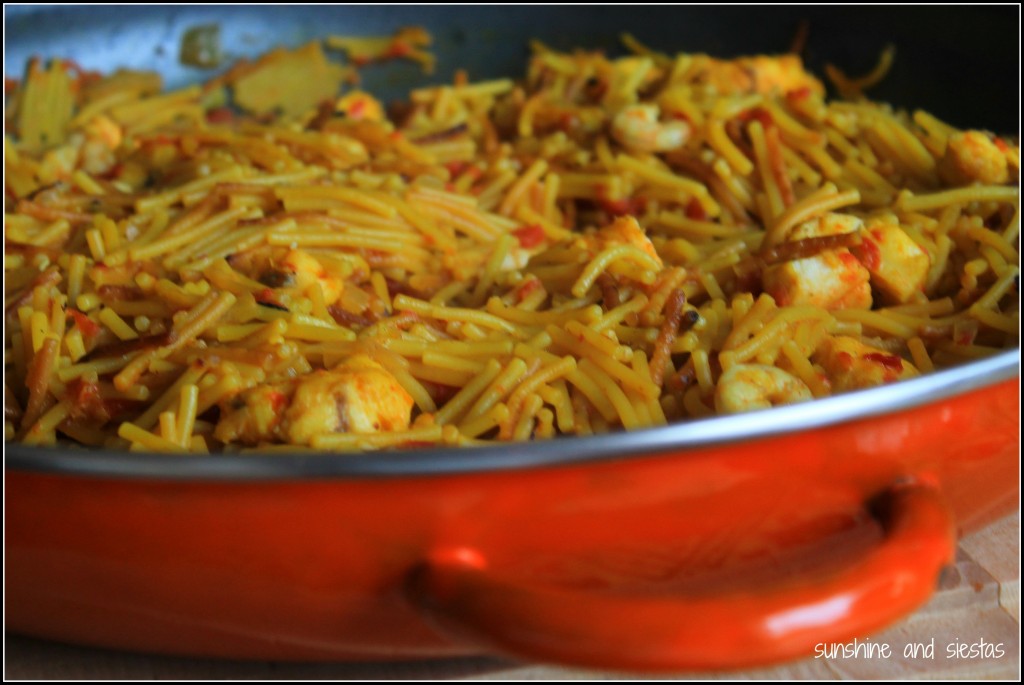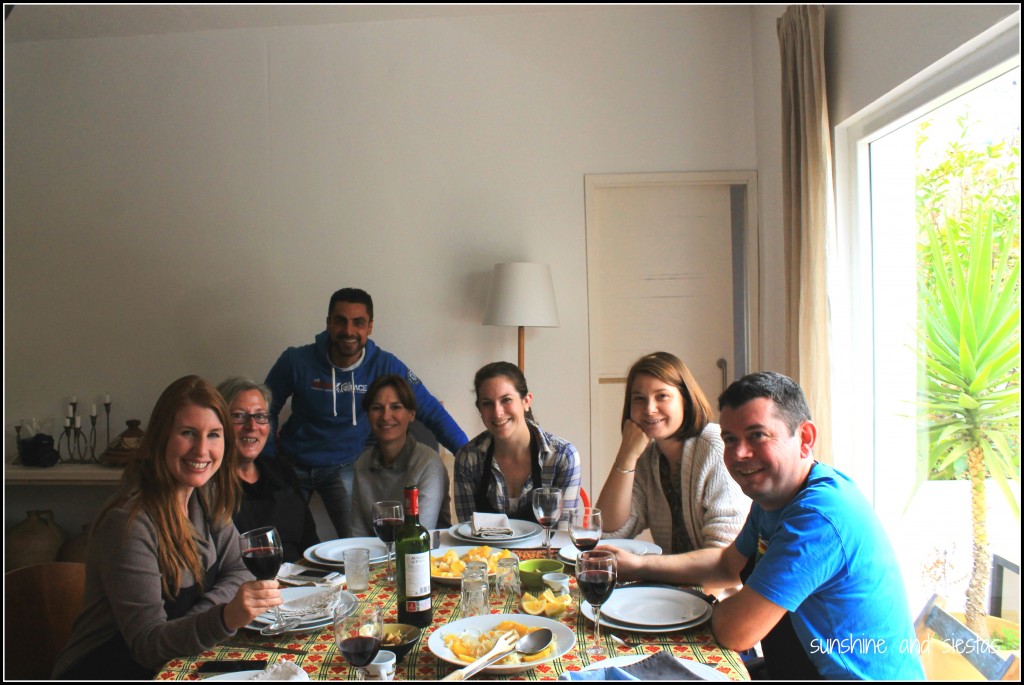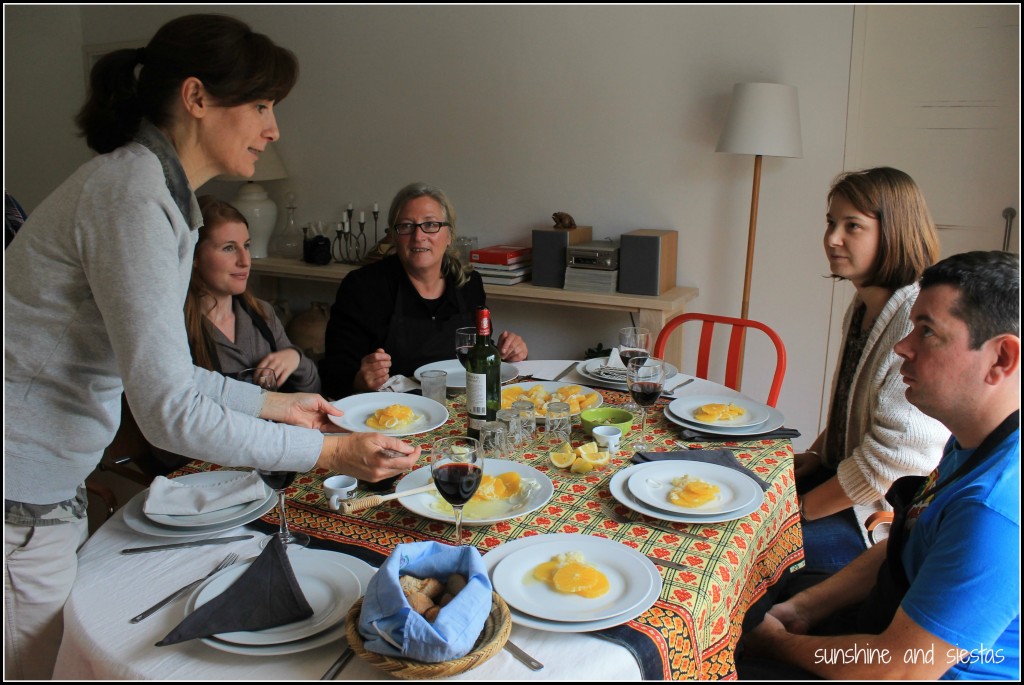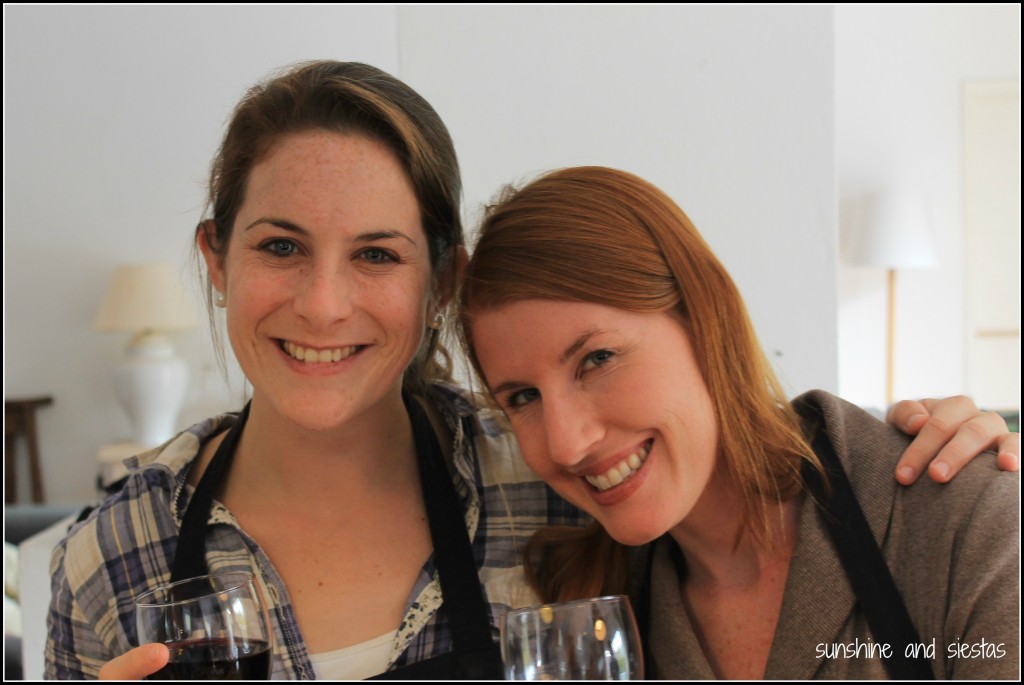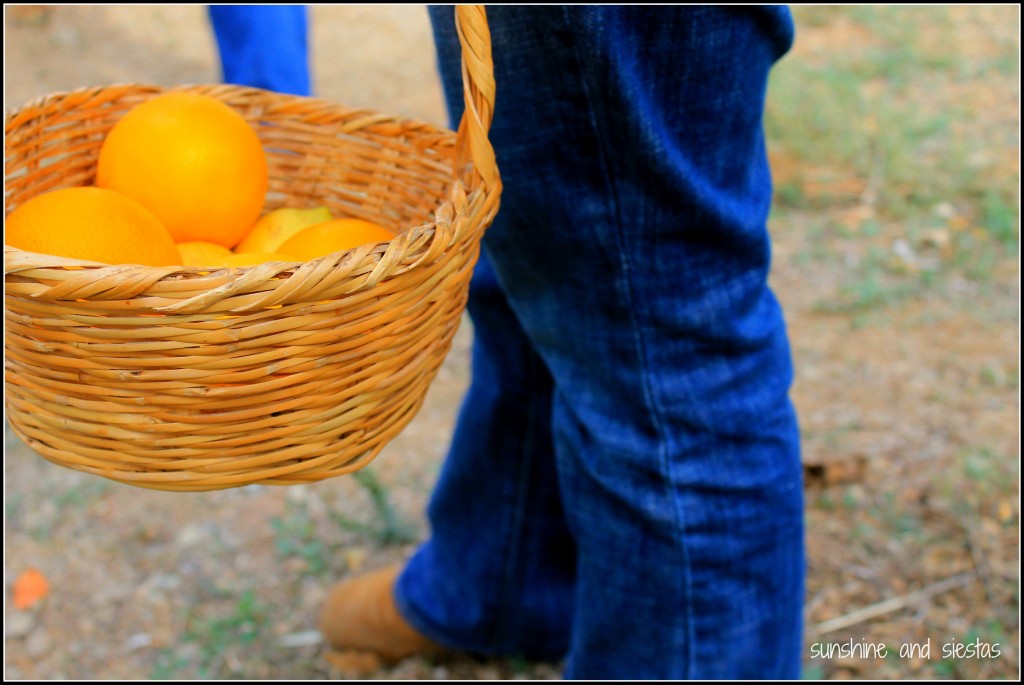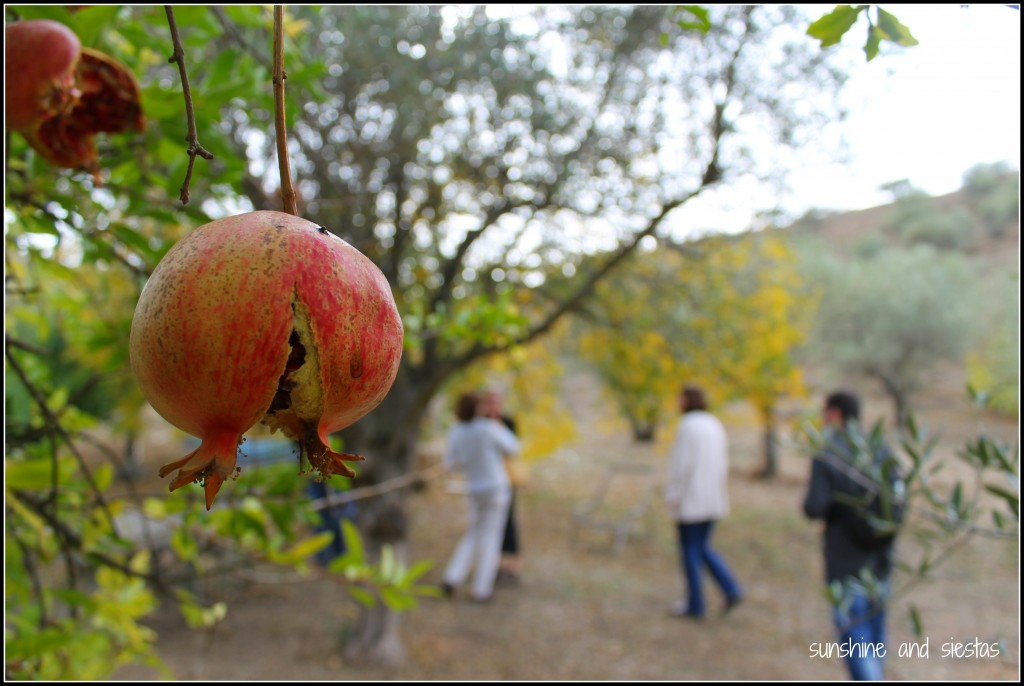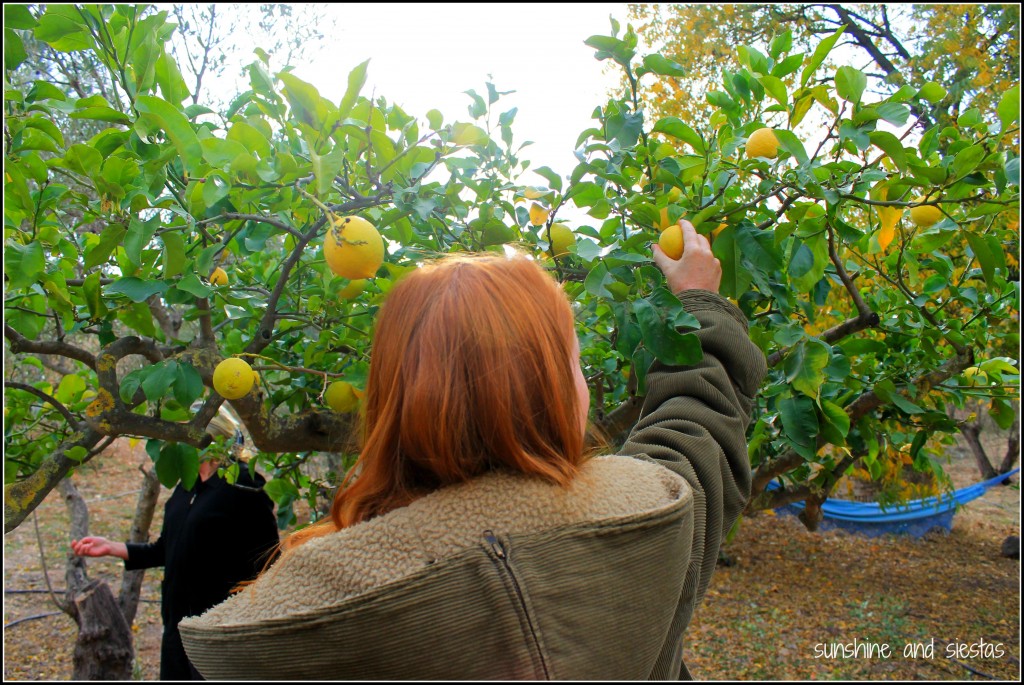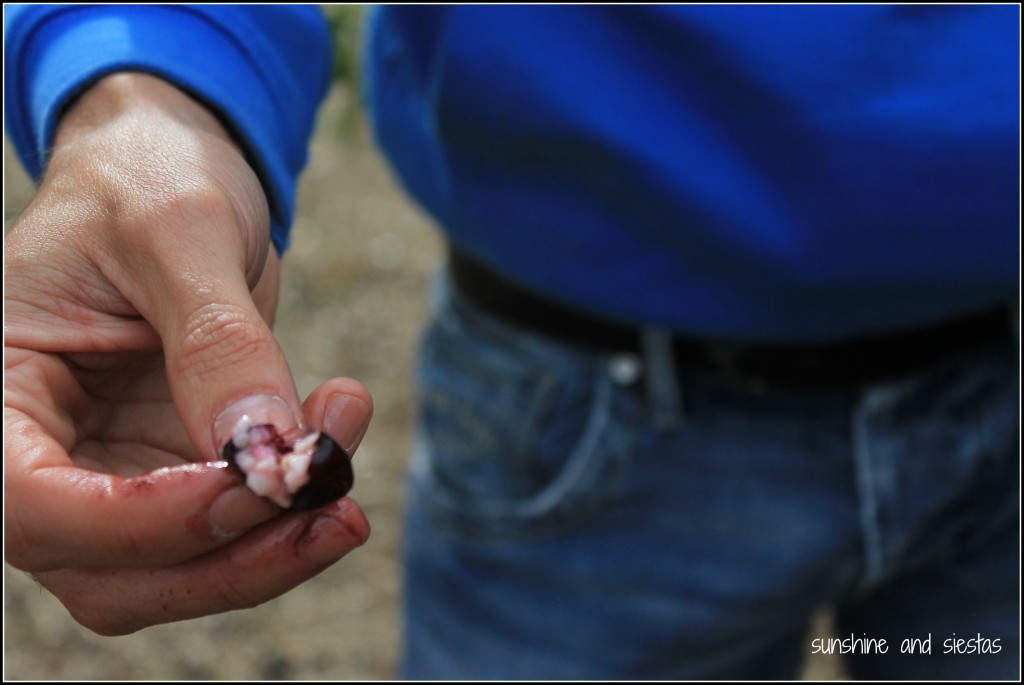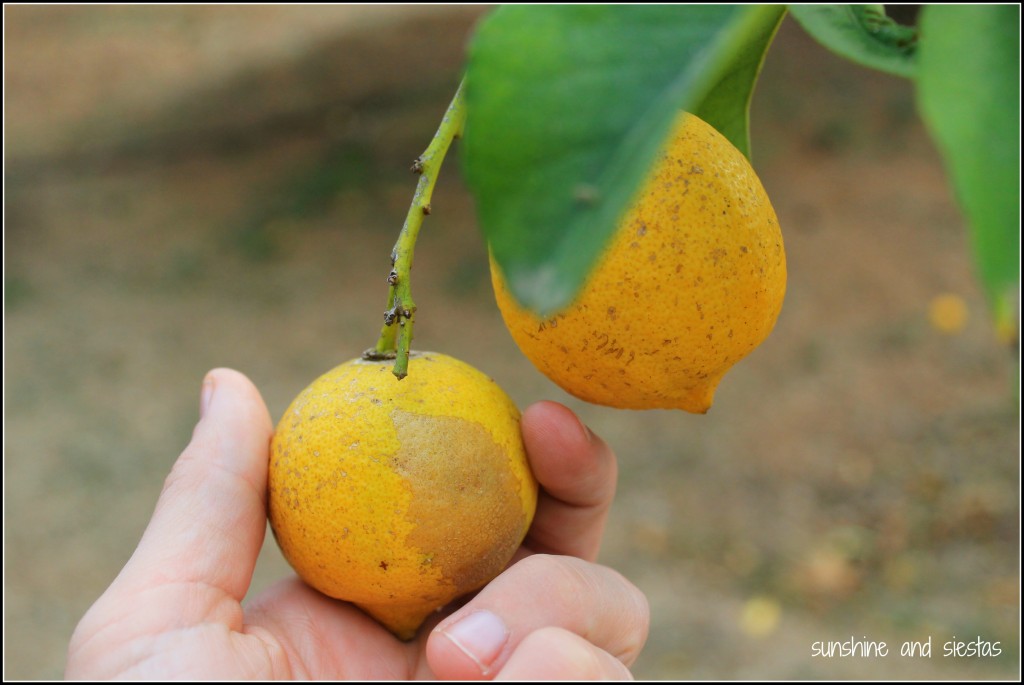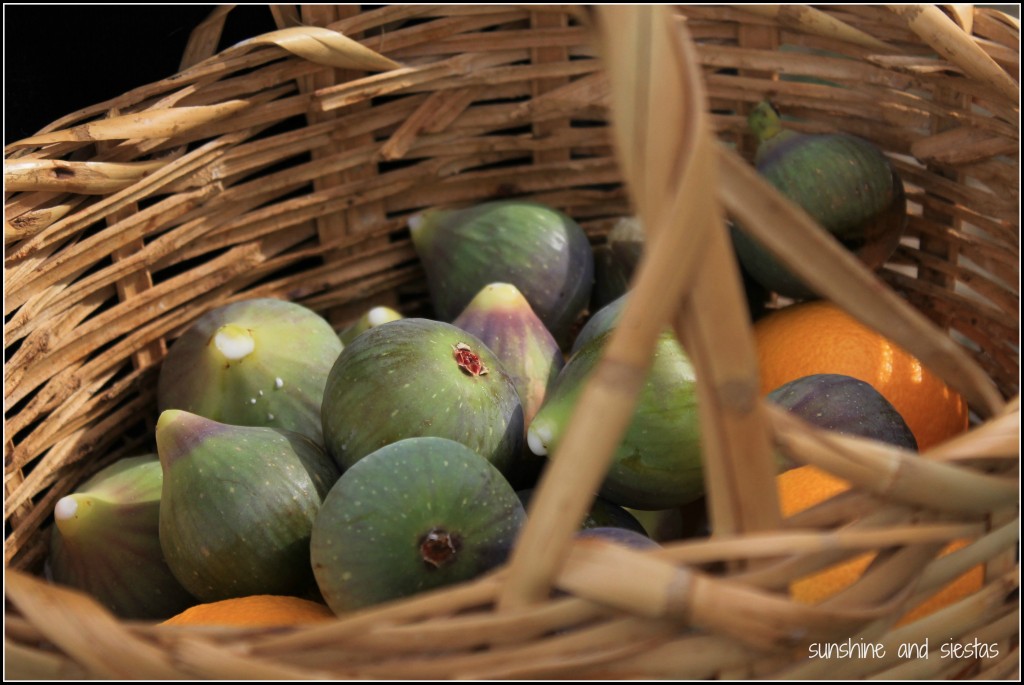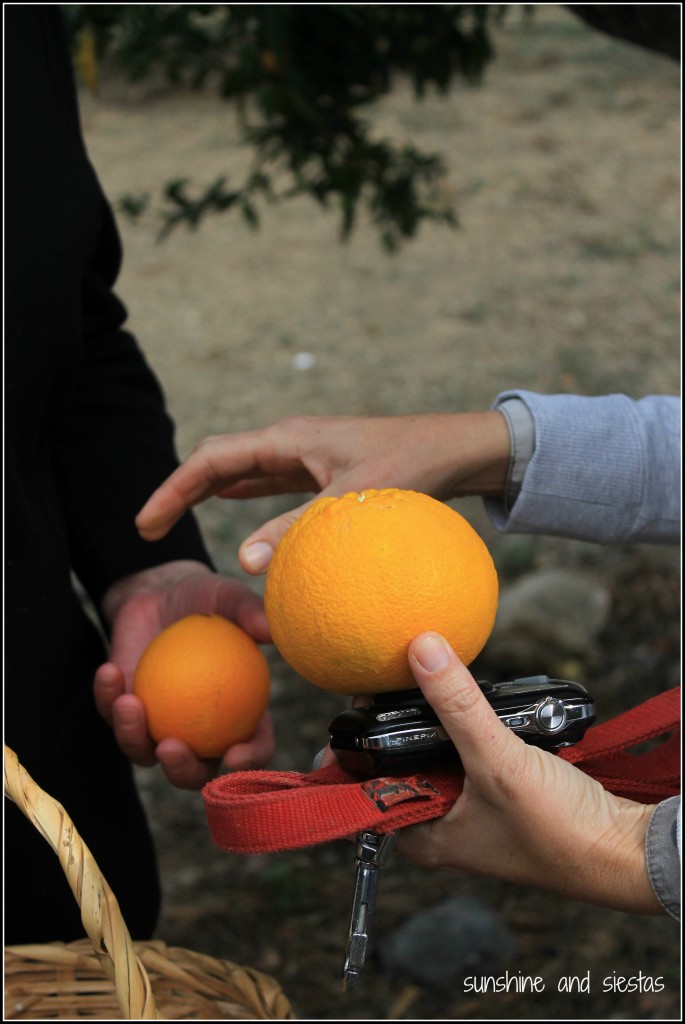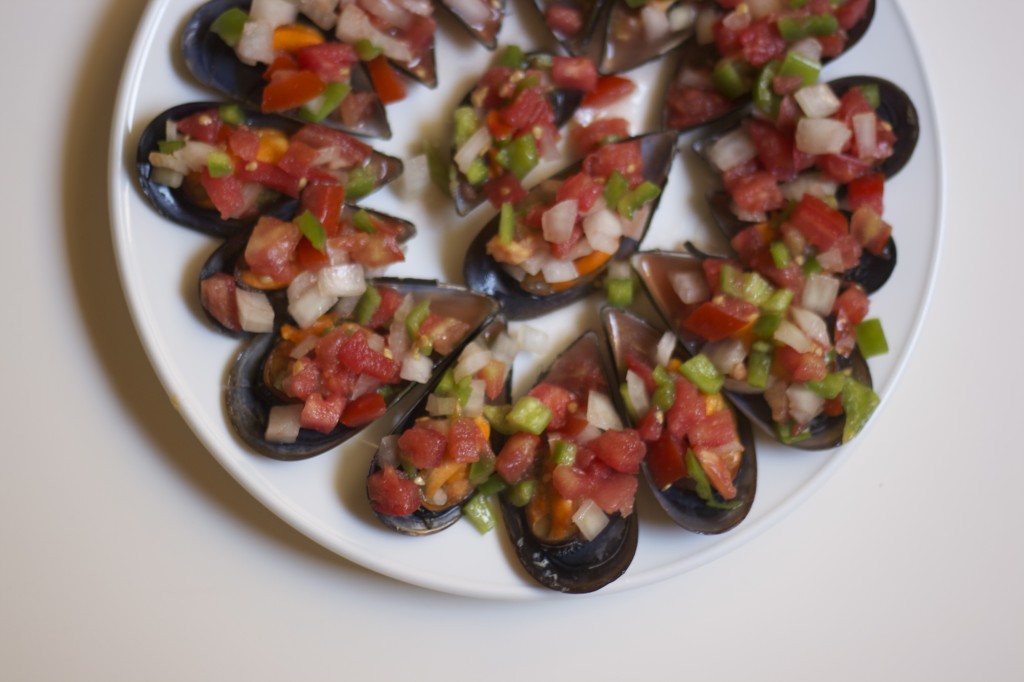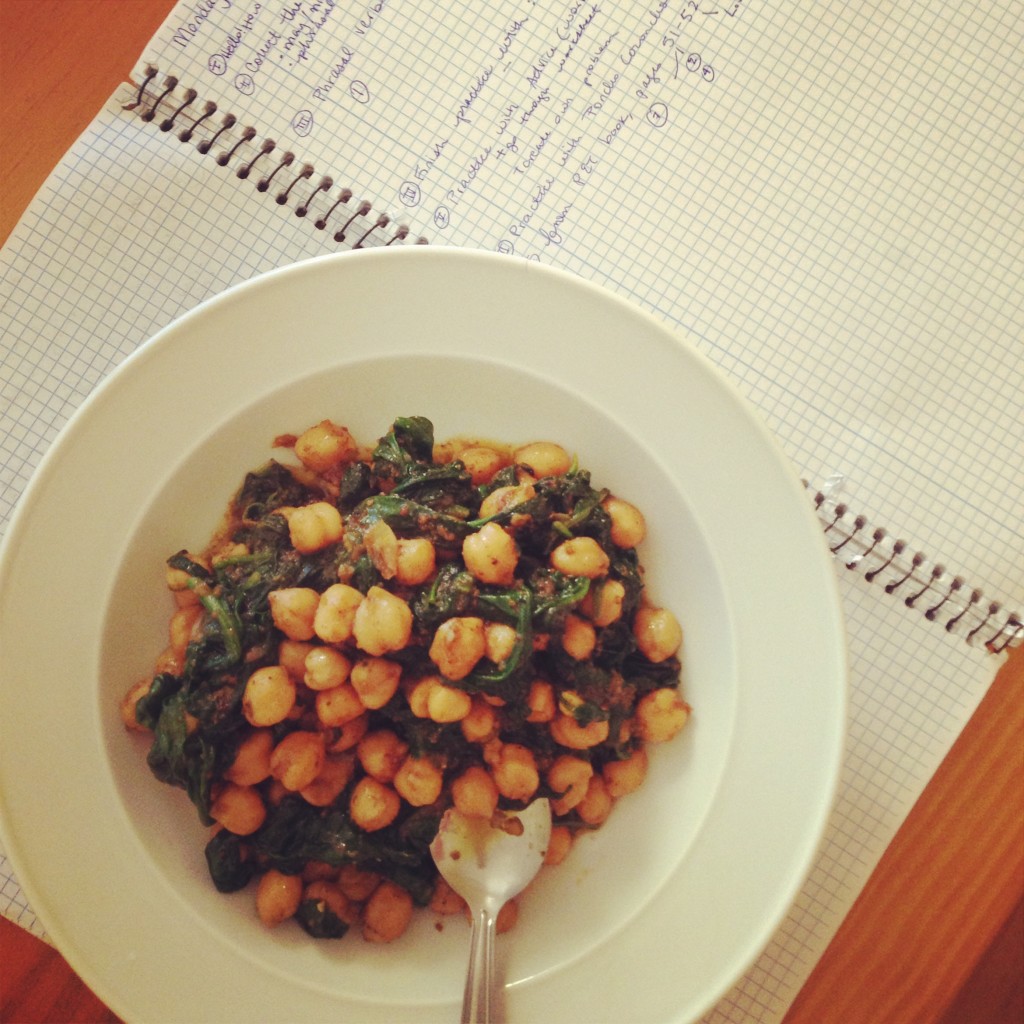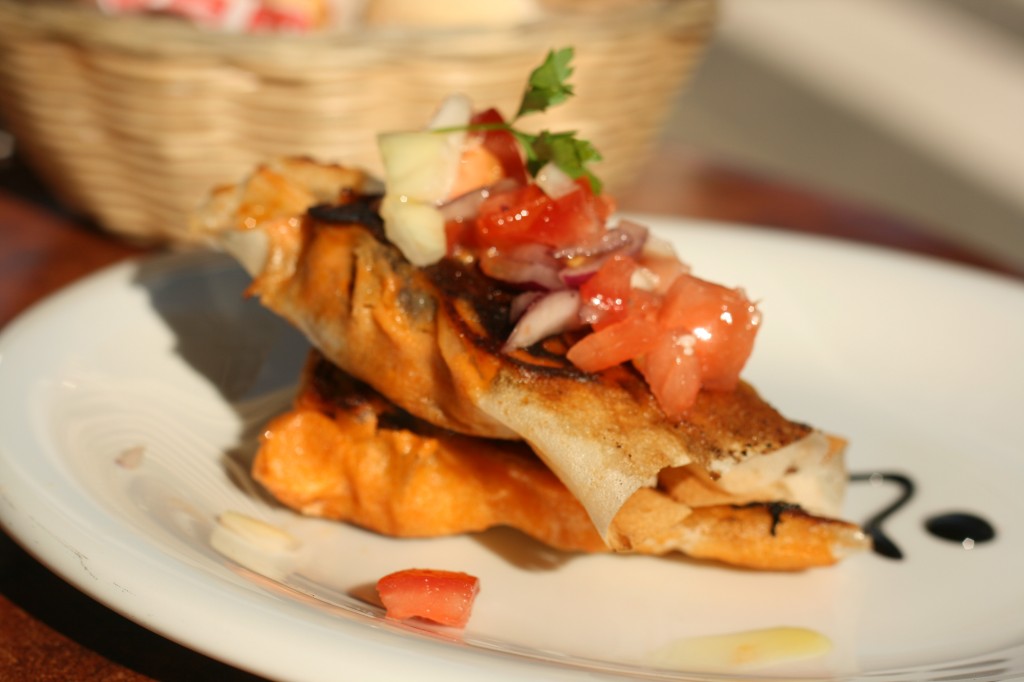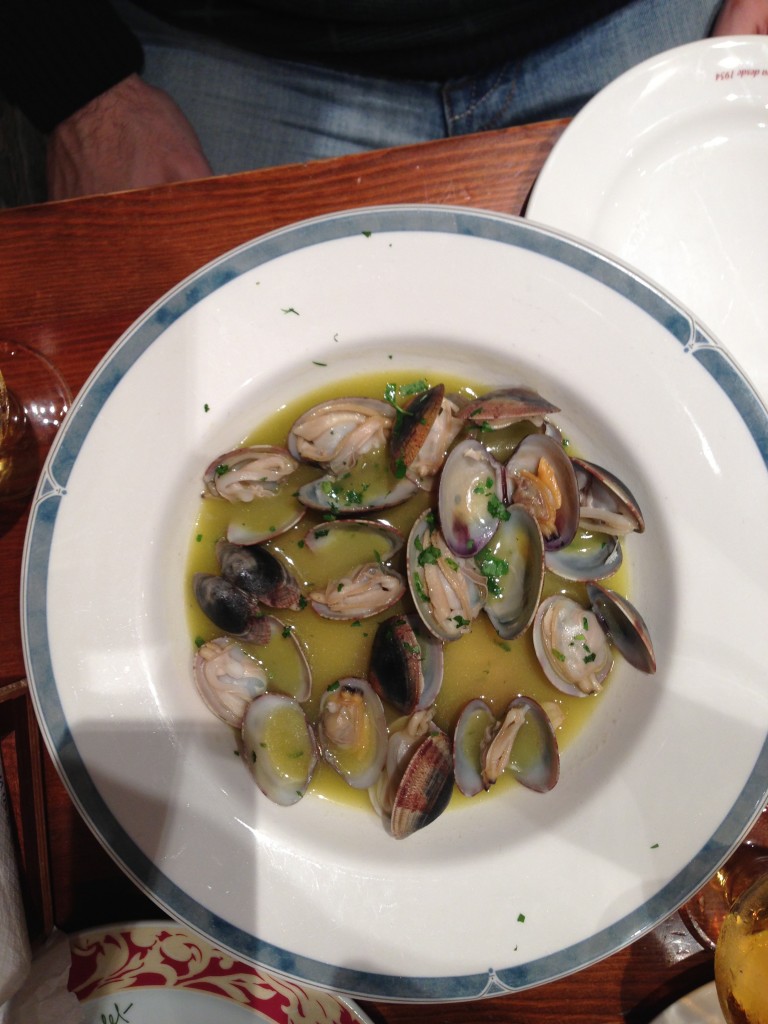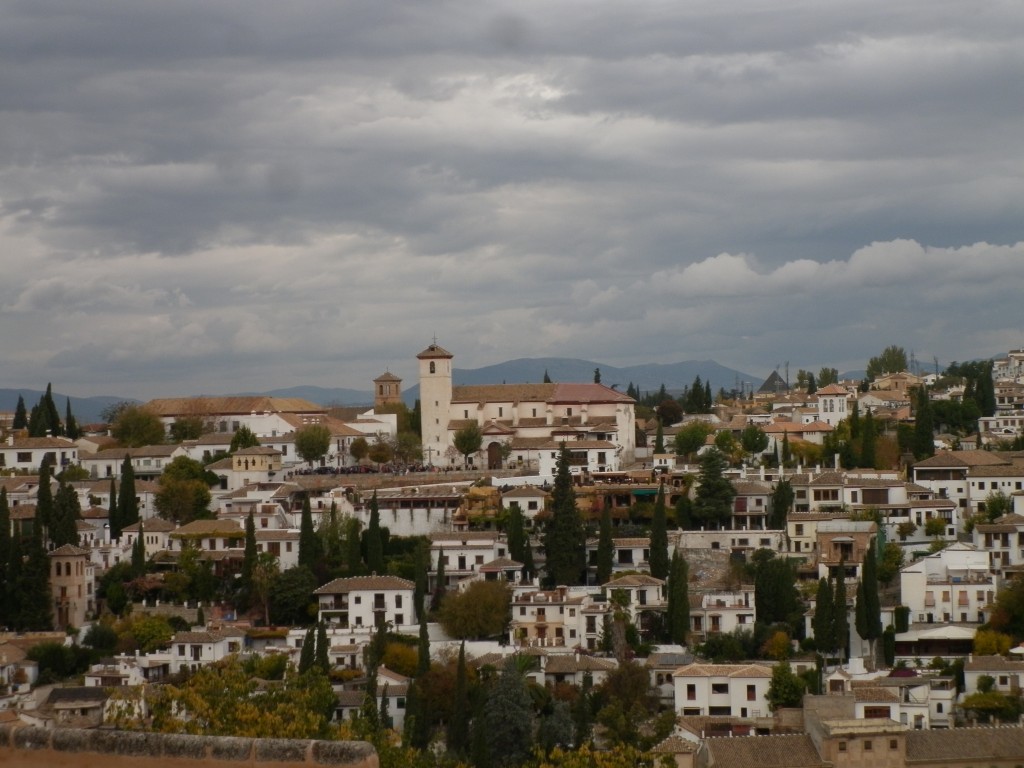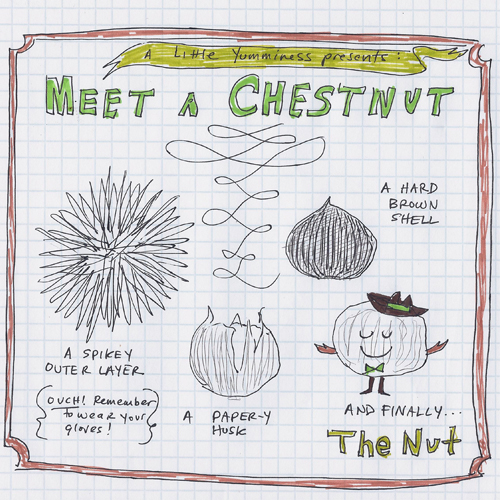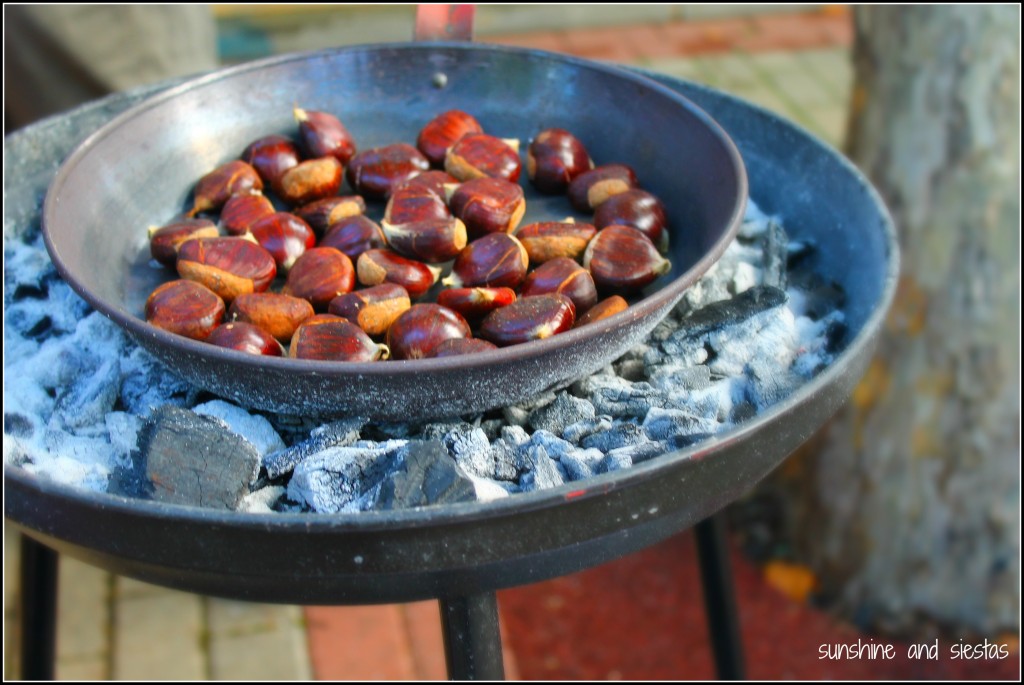I have visited so many places whose names ring famous, and usually have felt like something was missing.
When it comes to food, I’m beginning to have high expectations.
In Seville, a city that’s home to seemingly hundreds of tapas bars, it’s hard to not fall victim to the newest or the trendiest. New bars and eateries pop up so often, and even a week’s absence from traversing the center means I’m bound to come across a new bar.
When La Brunilda opened (I think) earlier this year, my friends raved about the food. Websites raved about the food. I went earlier this month, a bit skeptical but looking forward to a new place.
Like many trendy new bars, the space – which looked like a converted coach house, thanks to a large door and exposed brick – was airy and not busy early on a Tuesday. Having to work two hours later, I chose to not even read and weep the wine list and opted for a beer.
My friends suggested asking the wait staff for daily specials, but we were clear: D chose papas bravas and a magret de pato with a carrot cream, G and I both got an oversized tapa of dorada with pisto and cream of Idizbial cheese, and I couldn’t resist risotto with crunchy onions and asparagus.
Believe it or not, I liked each dish more than the last.
I hope you haven’t taken a bit out of your computer.
While the food was spectacular, I didn’t feel that the service was. Our dishes came out quickly, but it took ages to refill beers and get the bill – I couldn’t even imagine how long it would take on a busy weekend night.
If you go: La Brunilda is extremely popular, so it’s best to go early or during the week. Located on Calle Galera, 5, near Reyes Católicos, the bar opens at 1p.m. for lunch and 8:30 for dinner. Closed Sunday night and all day Monday.
